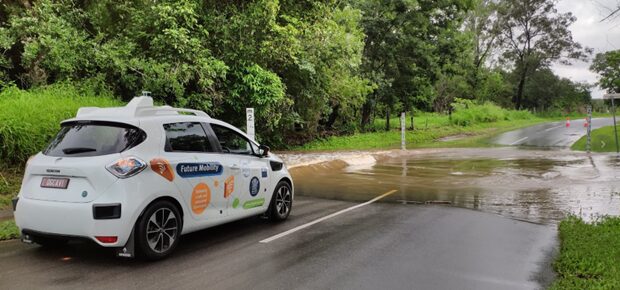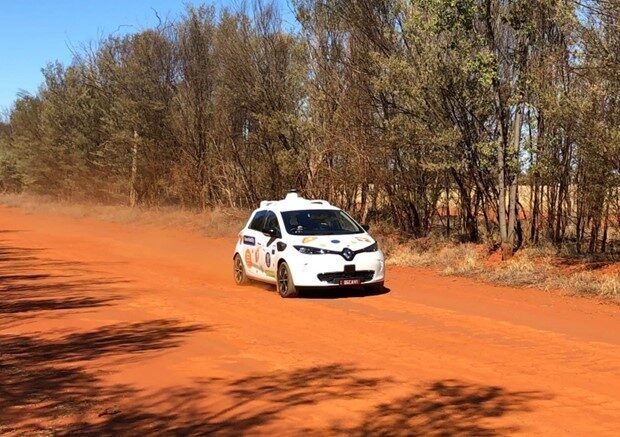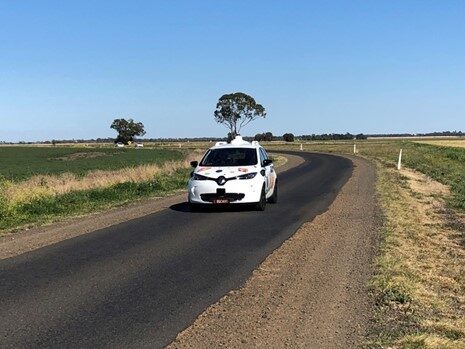Cooperative and Highly Automated Driving Safety Study (CHAD Safety Study)
- Company
- Queensland Department of Transport and Main Roads
- Location
- Queensland
- Collaborating partners
- Queensland University of Technology,
- IMOVE Australia
TMR's CHAD Safety Study is paving the way for the introduction of highly automated vehicles in Australia. The study creates foundational understanding of AV impact on safety in four key areas: What constitutes a safe task transition between driver and vehicle; How to integrate cooperative/intelligent technologies (C-ITS) in an AV and understand the benefits; How AVs interact with other road users ; How to improve public messaging and awareness of AVs.
The Cooperative and Highly Automated Driving Safety Study is intended to prepare for the arrival of CAVs to improve safety, mobility, and environmental benefits on Australian roads. There are several reports to show the CAVs have potential to significantly reduce crashes due to the human error. However, the CAV technology may also introduce new safety challenges. This project focuses on safety impacts/implications of introducing CAVs on Australian roads and is divided into four work packages:
- Work package 1: Driving task transition in AVs
- Work package 2: C-ITS and AV integration, and benefits evaluation
- Work package 3: Australian safety challenges for CAVs in the dynamic road environment
- Work package 4: Public awareness and demonstrations
Published reports for each work package are available on iMOVE's website.
In summary the study found:
- Driving task takeover time: Draft ADR 90/01 (2021) requires level 3 and above vehicles to execute minimum risk manoeuvre, when an operator has not undertaken driving task within 10 seconds of a takeover request. Early indications are that the 10 seconds takeover warning time, is adequate when the driver is engaged in low cognitive non-driving related tasks.
- C-ITS in AVs: Current C-ITS ETSI messages provide significant safety benefits to human driven vehicles, however this may not be the case for AVs level 3 and above, especially when IEEE 2846 suggested assumptions are included in the ADS’s decision-making.
- AV interaction on Australian roads: There were several learnings through public demonstrations. Some key learnings include, achieving naturalistic driving behaviour is challenging, designing ADS to strictly follow road rules may not be practical, reliable detection and trajectory prediction of road trains is challenging due to articulation and length, overhung load (such as ladder) are challenging to detect.
- Messaging/public awareness: Continue delivering static and/or dynamic public demonstrations as they significantly improve public awareness of AVs.


